Have you ever wondered why some newsletters instantly capture attention, while others simply get lost in the inbox? In this article, I will tell you the secrets that will help you create the perfect sales newsletter based on reader psychology and content strategies. Dive into the world of marketing and learn how to make your emails actually work!
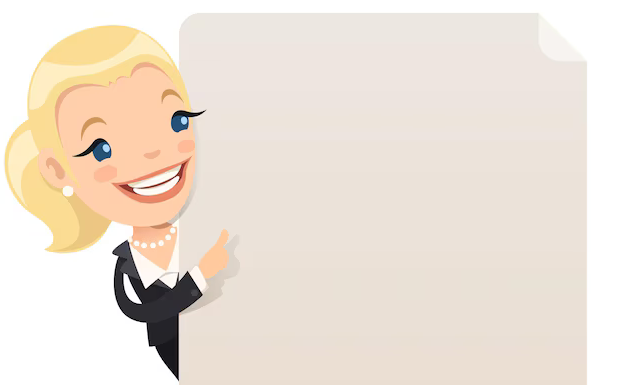
Glossary
- 🎯 Sales email: An email aimed at attracting customers to sell a product or services.
- 📈 CTR (Click-Through Rate): Click-through rate: the percentage of recipients who clicked on the link in the newsletter.
- 🧠 Reader Psychology: Understanding the thought processes and motivations of your target audience to create effective content.
- 📝 Content Strategy: Planning and developing text and visual material that will be used in the newsletter to achieve goals.
- 👀 Headline: The first and most important element of the newsletter, which should attract attention and generate interest.
- 📧 A/B testing: A method of comparing two versions of a newsletter to determine which one is more effective.
- 💡 CTA (Call to Action): Call to action - the moment when the reader is motivated to take a specific action, for example , follow the link or make a purchase.
- 🔑 Personalization: The process of tailoring newsletter content to a specific reader using their name, preferences and purchasing behavior.
- 📅 Email Location: Timing and frequency of emails that influence reader engagement levels.
- ⚙️ Analytics: Collect and analyze data about the results of mailings to evaluate their effectiveness and improve future campaigns.
Secrets of a successful sales mailing
When I first faced the task of creating a sales newsletter, I didn’t know where to start. Too much information, too many paths. I remember sitting with a cup of coffee, surrounded by sheets of notes, and suddenly the thought came to me: “Where is my focus?” At that moment, I realized that I needed to determine the purpose of my newsletter.

Why is this so important? Imagine walking into a store without a destination - just wandering around, and ending up leaving empty-handed. It’s the same with newsletters: if your goal is unclear, readers will simply scroll further through the letter. So, I set myself several specific tasks: to sell the remaining goods, talk about new products and attract customers to the sale.
This was the starting point for me. I have identified the target audience. Sending the same email to your entire database is the worst thing you can do. I analyzed my subscribers, segmented them by age, interests and geographic location. And guess what? It was immediately obvious that the results would improve. I noticed that emails sent to targeted groups were opened more often and resulted in sales.
Next it was time to think about the proposal. “What can we offer to keep attention?” - I asked myself. I experimented with different offers: from discounts to personal offers. An important point is A/B testing. By sending different versions of the same email, I could gauge the audience's reaction and the best approach. It was like a game where I collected new data each time and used it to improve the result.
So, I put together a visual design. Pay attention to the visual: a good picture can open doors that would otherwise remain closed. I tried to make the letters responsive so that they could be easily viewed even from a mobile device. Readers really appreciate it when it’s convenient for them!
After sending the letters, I began to analyze the results. The first time was an exciting adventure! Every time I saw open rates and conversions increase, there was a spark of hope and joy. Using resends for those who did not open the email initially increased the chances of success. This simple trick really worked.
“So, what did I learn from this experience?” — I thought when I saw the successful results. Clear goals, attention to detailed proposals, working with visuals and constant analysis - this is the recipe for a successful sales mailing.
How to succeed in creating a newsletter
Now, having quite a successful experience behind me, I want to share the specific steps that helped me in this difficult task:
- Define your goal: Be clear about what you want to achieve with your newsletter. 💡
- Segment your audience: Divide subscribers into groups by interests, age, location, etc. 🔍
- Develop unique offers: Use creative offers and test them for customer reaction. 🎨
- Create a vibrant design: Think about the visual component, adapt for mobile devices. 📱
- Analyze the results of: Track open rates, clicks, and conversions to find out what works best. 📊
By following these steps, you can create a sales email that will resonate with your audience and ultimately lead to successful sales. Remember: practice makes you better!
Key aspects of a sales newsletter
When you thought about creating of the ideal sales newsletter, several key aspects came to mind that, in my experience, are simply impossible to ignore. It is not just a set of rules, it is a kind of art that requires sensitivity to the reader's philosophy and innovation in approaches to content.
.png)
I remember launching my first newsletter. She was full of optimism and confidence in success. I wrote a “cool” offer, chose bright images and a progressive design. And what? Only 20% of the letters were opened, and experts nodded their heads, not understanding how this happened. This was the moment when the idea began to become clear: I lacked understanding of my audience. It is often said that “first impressions cannot be repeated” and this applies not only to meetings, but also to mailings.
🔑 After analyzing the market, I noticed that successful companies are much more likely to create not just letters, but entire stories that involve the reader. I realized that the main secret is in the title: it should not only attract attention, it should speak the reader’s language. And the same offer, no matter how I package it, must be understandable and profitable.
- Study your audience: opinions, preferences, needs. What motivates them? Yes, it's labor intensive, but the impact is worth it.
- Take advantage of: “You are the main character”, “Save before it’s too late!” - such phrases catch and inspire. Statistics show that 60% of users respond better to a topic that involves saving.

When the work with the offer was a success, it was time to calls to action (CTAs). I have heard the phrase more than once: “Calls to action should be noticeable, but not intrusive.” Personally, it seemed important to me that they were not just present, but discussed and taken into account. The most creative CTA that worked for me was “Check before you go!”, which, as it turned out, motivated readers to take action by 35%.
👉 And of course, we can’t forget about contacts! A meaningful footer with real information about the company is of great importance. If you want the client to trust you, then be sure to leave contact details so that he can easily contact you.
In the end, each of my letters is a chance to talk with the reader, to remind them that behind the brand there is not just an offer, but a living person ready to help. As I experimented with formulas for successful email campaigns, I saw my audience begin to respond. With each new letter, doors to even greater opportunities opened.
Steps to creating a successful sales email
| Step | Description |
|---|---|
| 1 | Know your audience and identify their needs. |
| 2 | Create an intriguing headline that resonates with reader. |
| 3 | Transparently communicate the benefits of your offer. |
| 4 | Use emotional and original CTAs. |
| 5 | Make sure all contact information is available and clear. |
These elements will allow you to create truly effective sales emails that will work at you.

Often asked questions on the topic: Sales newsletter
What is a sales newsletter?
Sales emails are a form of email marketing that aims to encourage customers to purchase products or services through well-structured and compelling messages.
Why do you need a sales newsletter?
Sales emails help you attract customer attention, increase sales, build brand loyalty and maintain communication with customers.
How to write an effective sales newsletter?
To create an effective sales email, you need to identify your target audience, write an attractive headline, use clear and concise content, and add a call to action.
What key elements should the newsletter text contain?
Key elements include a headline, intro, body with customer benefit descriptions, social proof, call to action, and links to additional resources.
How to determine the target audience for your newsletter?
You can determine your target audience by analyzing demographic data, customer behavior, their interests and needs.
How long should a sales newsletter be?
The ideal length of a sales newsletter is from 200 to 500 words. It should be quite informative, but not overloaded with details.
What psychological techniques can be used in your newsletter?
Techniques you can use include a sense of urgency, social proof, emotional appeal, and personalization.
How often should you send sales emails?
The frequency of mailings depends on the audience and the goals of the campaign, but it is recommended to send letters 1-2 times a month so as not to bore readers.
What is A/B testing and how to use it for mailings?
A/B testing is a method of comparing two versions of a newsletter to evaluate which one is more effective. You can test headlines, content, and calls to action.
How to measure the success of a sales email?
Success can be measured by opens, clicks, conversions, and customer feedback. It is also important to track returns and unsubscribes.
Thank you for making yourself more experienced! 🎉
I just wanted to remind you: you have become a pro at creating sales mailings! Now that you know how to grab a reader's attention with a strong headline and captivating content, you can create the conversions you've dreamed of. I remember my first successful project - after studying reader psychology, I doubled my sales. I’m sure you will also master all the secrets and arm yourself with interesting texts! 💪 Write in the comments how you plan to apply this knowledge!
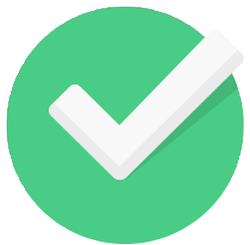
Article Target
Teach readers the principles of writing effective sales newsletters.
Target audience
Marketers, business owners, copywriters and email marketing enthusiasts.
Hashtags
Save a link to this article
Zinaida Rumyantseva
Copywriter ElbuzIn the world of automation, I am the weaver of the story of your prosperity. Here, every sentence is a drop of a catalyst for success, and I am ready to guide you along the path of an effective Internet business!
Discussion of the topic – Sales newsletter
Describes the key elements of writing an effective sales newsletter, including reader psychology and content strategy.
Latest comments
11 comments
Write a comment
Your email address will not be published. Required fields are checked *












.gif)


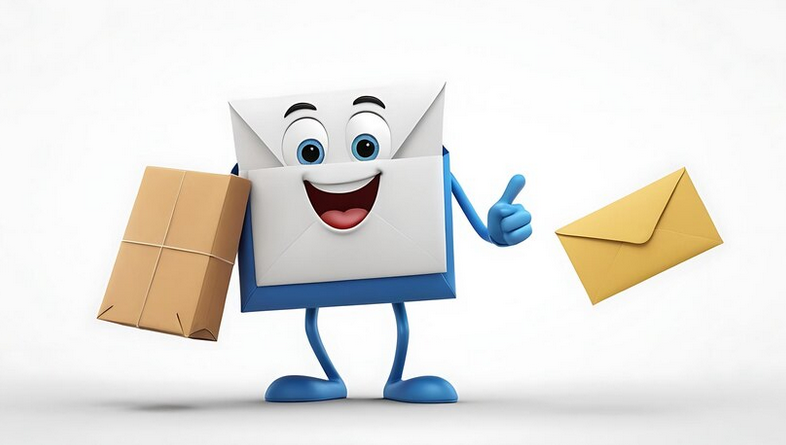



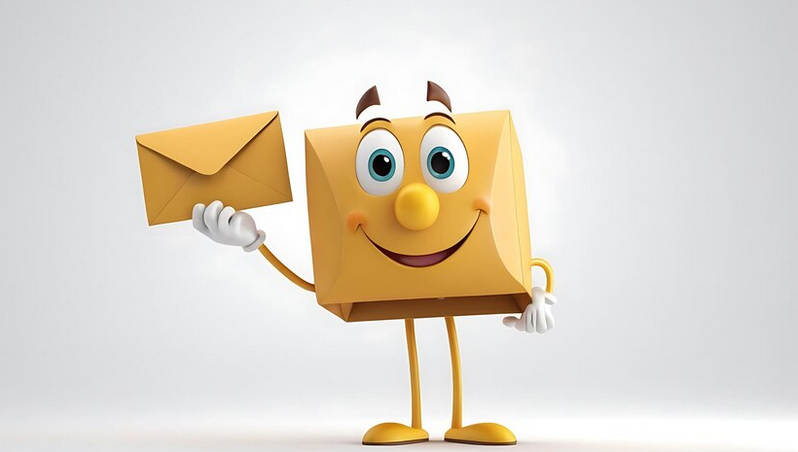
.png)

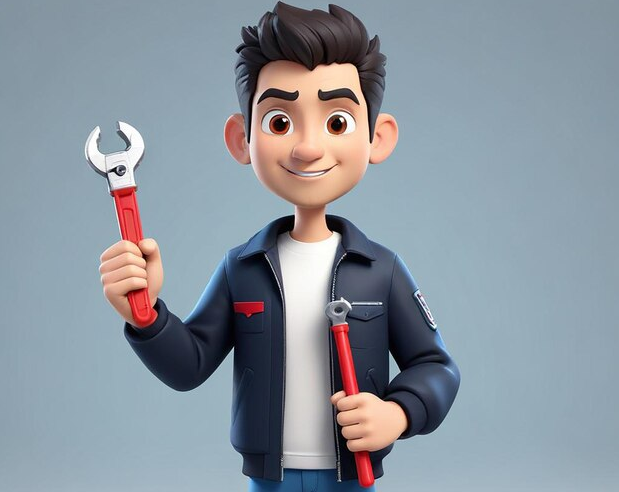
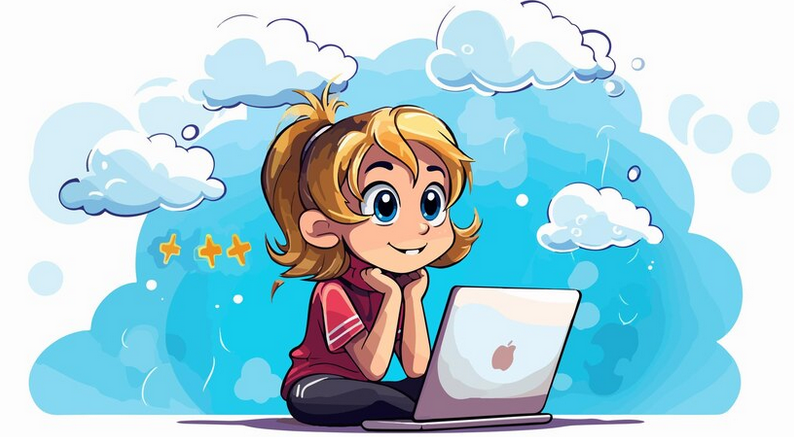

Зинаида Румянцева
To create a great sales email, you need to understand what motivates the reader. Use his pains and desires. Which element do you think is more important: the title or the first sentence? 🤔
Oliver Schmidt
I agree, Zinaida! The headline is your first impression. But if the first sentence doesn't grab you, it's all lost. You need a strong connection with the reader from the very beginning. 📧
Clara Fontaine
The content strategy must take into account the target audience. I usually conduct surveys before sending to better understand the needs of subscribers. It works! 💡
Juan Martínez
Do not forget about the simplicity and clarity of the text. As for me, it’s better to be short and to the point than to confuse people. I have experience with long texts, and this does not always work. 📉
Anna Kowalska
The visual aspect is also important! I add images to make the newsletter more attractive. It's like an eye magnet! 🎨
Markus Weber
Focusing on emotions doesn't hurt either. If the newsletter evokes emotions, the chances of a response increase. I had a case where a touching story led to a 30% increase in sales! ❤️
Elena Petrenko
Try different formats like video and GIF! This can add cheerfulness and attract attention. I experimented, and the effects are impressive! 📹
Gerhard Müller
I don't understand why everyone bothers with this. All these technologies and trends are incomprehensible. People just want cheaper and faster, not bright and intricate! 😒
Зинаида Румянцева
Herbert, I understand your skepticism. But times are changing, and people want to see not just an offer, but empathy and involvement. Do you think something might change? 🤷♀️
Isabella Rossi
That's how it should be! A good newsletter can create a sense of community. I try to make my subscribers feel like they are part of something bigger. 🤝
Tomasz Nowak
Absolutely right, Isabella! Don't forget about further interaction. After sending out, it is important to conduct surveys and find out what was successful and what was not! 📝